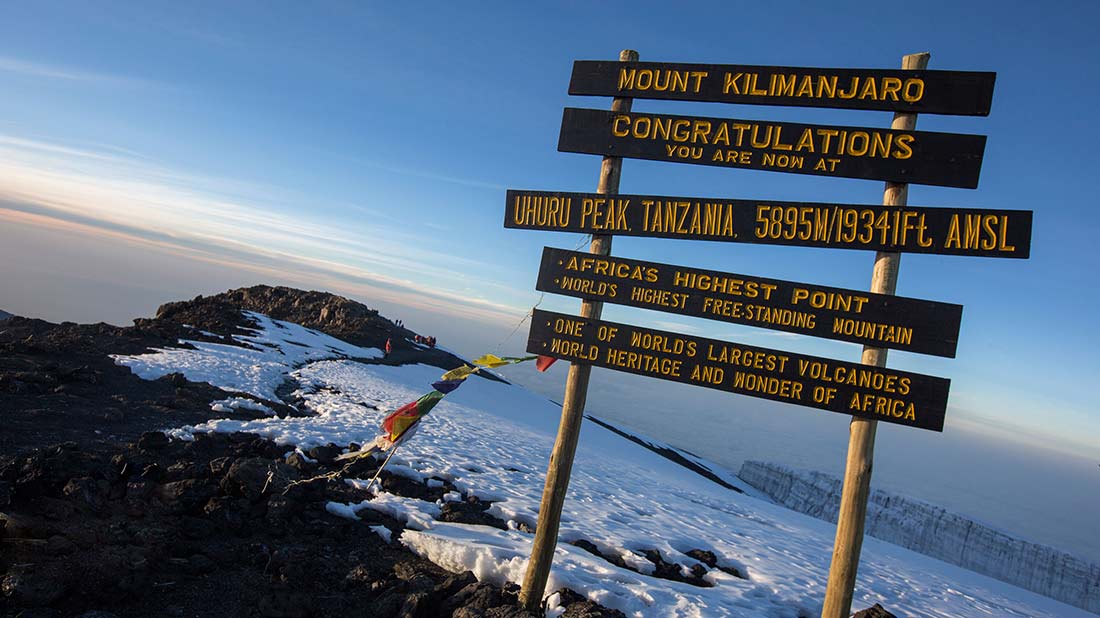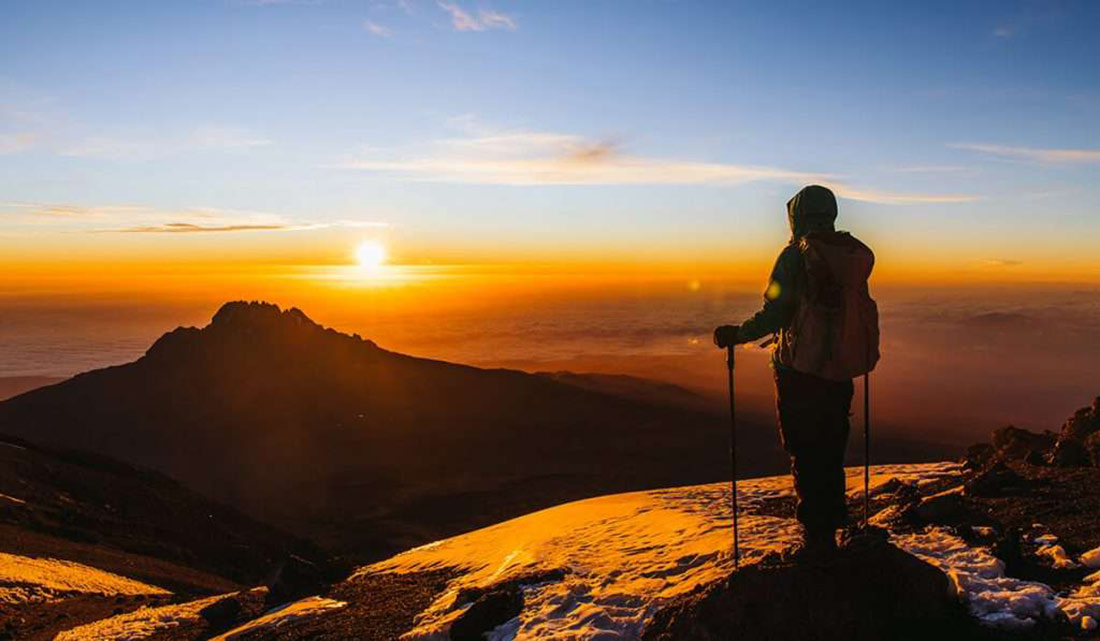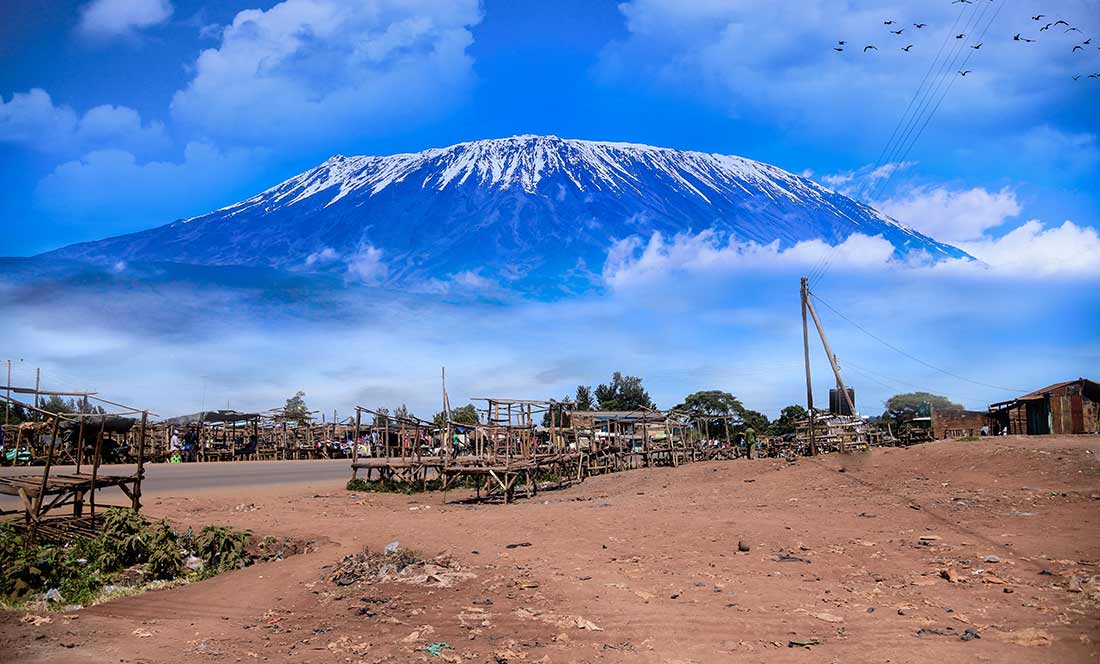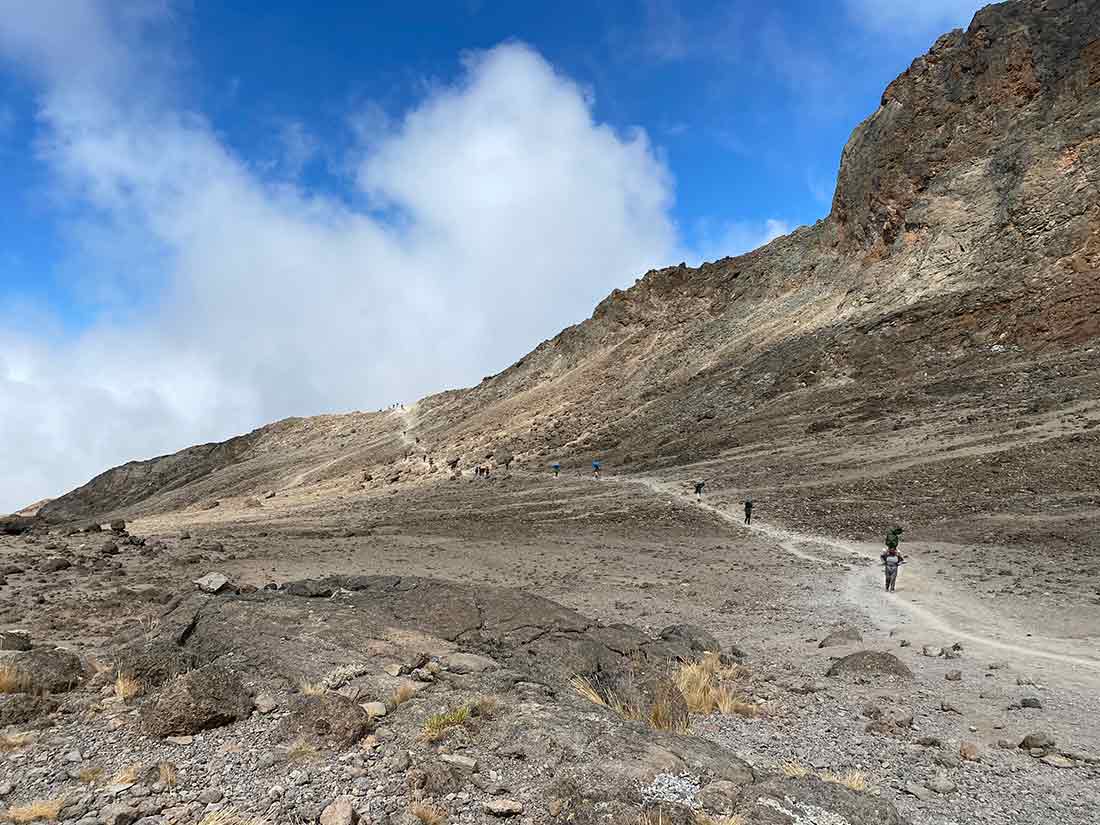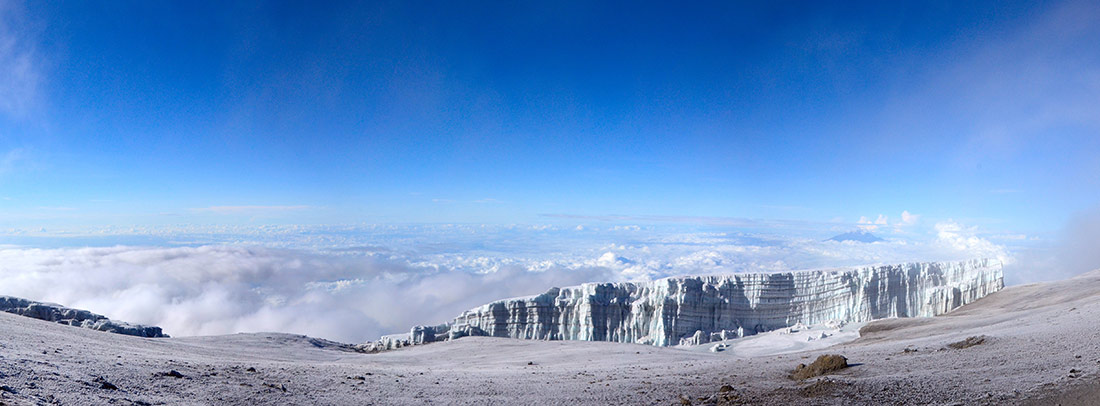Why do approximately 35,000 people attempt to climb Mount Kilimanjaro every year? This climb has become so popular that they have nicknamed it the “Everyman’s Everest”. What is your reason to climb Kilimanjaro? Here are the top ten reasons people attempt to climb Kilimanjaro every year.
1. For Yourself
People climb Kilimanjaro for a variety of reasons. Individuals climb the mountain to mark important transitions such as their graduation, retirement, marriage, or divorce. The event is significant enough that every year dozens of websites write blog posts about a person who made the journey to the peak. Instagram, TikTok, and Facebook frequently show photos and videos of people on Kilimanjaro. Why shouldn’t you be one of them?
2. Easiest of the Seven Summits
There are seven continents and each of them has a high point. These peaks are the Seven Summits. Many people want to conquer all Seven Summits, but where do you start? Most people start with Kilimanjaro since it is the easiest of the Seven Summits to climb. In fact, you don’t climb at all. There are no ropes or mountaineering skills required. It is a walkable mountain.
Some of the other Seven Summits are Mount Elbrus in Europe, Vinson Massif in Antarctica, and Puncak Jaya in Oceania/Australia. Read more here: https://kilimanjarosunrise.com/seven-summits-highest-peaks-on-each-continent/
3. Infrastructure For Tourism
Tanzania is also well-equipped to handle tourism. It has many beautiful hotels, ground transportation, and gear rental places. This makes climbing Kilimanjaro logistically easier compared to other Seven Summits.
Kilimanjaro is both remote and accessible. Kilimanjaro is in the country of Tanzania, very near the Equator. It is in the southern hemisphere.
Furthermore, it is next to the famous Serengeti plains and several other safari parks.
Because of the safari parks and Kilimanjaro, there are frequent flights to Kilimanjaro International Airport. It is accessible from both Europe and the Middle East.
Not to mention, on Kilimanjaro, there are established campgrounds with permanent toilets. However, we suggest renting our private toilets which are more sanitary. Illness from using public toilets is not uncommon.
There are also armies of porters who carry and set up tents and kitchen facilities at each campsite.
4. The Mountain is Clean
Despite the number of people on Kilimanjaro, the mountain remains quite clean from trash. This is a stark comparison to Everest which has not only trash but bodies and body parts strewn about the campsites. Body parts? What is that all about? According to Nepalese customs, a body part cannot be removed from the mountain until you know who it belongs to. Also, it costs thousands of dollars to remove the bodies. Loved ones many times do not want to pay for the expense. You can read more here: https://www.bbc.com/future/article/20151008-the-graveyard-in-the-clouds-everests-200-dead-bodies
How do they keep Kilimanjaro clean? Park Rangers weigh all the bags coming on and off the mountain in addition to each campsite. Trekking companies pay heavy fines if the bags are light. This greatly reduces the dumping of trash along the trail. There are only seven trails up to the summit, and no roads. As a result, despite large crowds of travelers, the mountain has retained its wild nature. Furthermore, disposable water bottles are illegal to use on Kilimanjaro.
5. Seven Natural Wonders
Kilimanjaro is one of the world’s greatest natural wonders. It is a snow-covered mountain very close to the Equator. Lush rainforests adorn its base. It is also surrounded by vast plains of exotic animals. Climbing Kilimanjaro is like walking from the equator to the North Pole in a few days. Each day is an adventure both as a climb and with the dramatic changes in vegetation and animal life. Kilimanjaro is also a sky island. Its high altitudes have created a habitat for strange and unique life forms found only on a few other peaks on the planet. These include the delicate elephant flower and the bizarre groundsel tree.
It is also the highest free-standing mountain in the World. It does not fall in a mountain range, but rather “...rises like Olympus from the Serengeti,” to quote the band, Toto.
6. Climate Change
Kilimanjaro is a hot spot for monitoring climate change. Former Vice President, Al Gore used photos of its rapidly shrinking glaciers in his documentary An Inconvenient Truth.
Ice core samples place the age of the glaciers to be about 11,700 years old. However, they will all be gone in the next 20-30 years. Teams of scientists study the ice extensively to try and understand exactly why this is happening. See more here: https://kilimanjarosunrise.com/the-glaciers-on-kilimanjaro/
7. Support the Tanzanian People
The large numbers of people traveling to Tanzania—both to climb Kilimanjaro and for safaris. This contributes to a thriving local economy. Tourism generates roughly $20 million every year. Guides, porters, cooks, travel and trekking agencies, hotel staff, food producers, merchants, banks, and construction companies all create local jobs. Despite this, Tanzania remains one of the poorest countries on earth.
8. Symbol of Freedom
Kilimanjaro inspired a continent to embrace freedom. Kilimanjaro is in the country of Tanzania, the first nation in Africa to win independence from colonial powers. Before it gained its freedom Tanzania was known as Tanganyika. Tanganyika was a sovereign state that existed from 1961 until 1964, first gaining independence from the United Kingdom as a Commonwealth realm. It then became a republic within the Commonwealth of Nations a year later.
After signing the Articles of Union in 1964, Tanganyika officially joined with the People’s Republic of Zanzibar and Pemba to form the United Republic of Tanganyika and Zanzibar, a new state that changed its name to the United Republic of Tanzania within a year.
in 1959, Julius Nyerere, who would go on to become president said, “We, the people of Tanganyika, would like to light a candle and put it on the top of Mount Kilimanjaro which would shine beyond our borders giving hope where there was despair, love where there was hate, and dignity where before there was only humiliation.” For this reason the summit of Kilimanjaro is called Uhuru Peak. Uhuru is the Swahili word for “Freedom.”
9. Charity
Many people climb Kilimanjaro to draw attention to a worthy cause or charity. Some of the charities help to raise money for women’s rights, cancer, autism, and world hunger. Individuals with disabilities have climbed Kilimanjaro to demonstrate that with courage and perseverance, a disability doesn’t need to stop you.
10. Enlightenment
Kilimanjaro inspires personal transformation. When you climb Kilimanjaro and stand on its summit, you will see the world in a whole new light. Previous problems that seemed insurmountable, almost seem irrelevant compared to climbing Kilimanjaro. The summit of Kilimanjaro is a truly awe-inspiring place to start a new beginning. We challenge you to climb Kilimanjaro and not feel any emotion once you reach its summit. The several days it took to climb combined with the months of training, anxiety, and difficulty of summit night will come crashing in as you reach the peak.
Final Thoughts
If you have climbed Kilimanjaro, what was your reason to climb Kilimanjaro? We are sure there are many more reasons to make the journey. If you haven’t climbed, then what motivates you to do it? Book your trip today and send us an email telling us why you want to climb Kilimanjaro.

